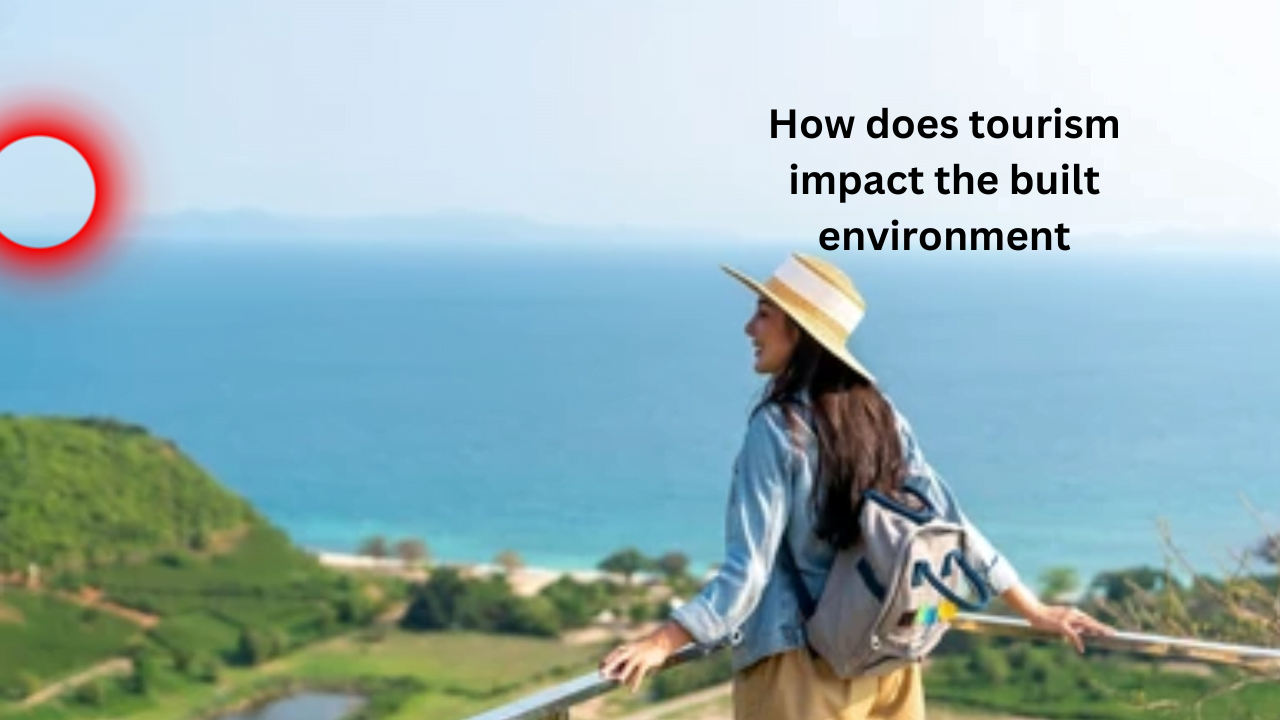Tourism, the act of traveling for pleasure, isn’t just about snapping selfies at landmarks. It’s a powerful force that reshapes the very landscapes we traverse. From bustling beach resorts to quaint mountain villages, tourism’s impact on the built environment is undeniable, leaving a mark both positive and negative. Let’s delve into the intricate ways tourism molds the bricks and mortar of our world.
Building Booms and Beyond: How Tourism Shapes Our World
Positive Impacts: Boosting Infrastructure and Preserving Treasures
Tourism can be a vital engine for development, injecting funds into local economies and prompting upgrades to infrastructure. Roads wind through once-isolated villages, bridges span gorges to connect hidden gems, and airports sprout like dandelions, making remote locales accessible. This connectivity fosters not just tourism, but also trade, education, and healthcare, empowering communities.
Building Paradise, Paving Paradise Lost
Tourism can also be a champion for heritage preservation. Crumbling castles get restored to their former glory, ancient temples receive facelifts, and forgotten villages are revitalized. This safeguarding of cultural treasures not only enriches the tourist experience but also preserves irreplaceable pieces of our shared history for future generations.
How Tourism Reshapes Our World, Brick by Brick
The Flip Side: Concrete Jungles and Cultural Erosion
However, the tourism boom can also have a darker side. Uncontrolled development fueled by tourist demand can lead to the homogenization of landscapes. Local architectural styles give way to generic hotels and souvenir shops, erasing the unique character of places. Pristine beaches become concrete jungles, and mountainsides scar with ski resorts, sacrificing natural beauty for tourist dollars.
Unveiling the Untold Story of Tourism and the Built Environment
Cultural erosion is another concern. As tourism thrives, traditional customs and ways of life can be commodified and diluted. Local dances become staged performances, and artisans churn out mass-produced trinkets instead of authentic crafts. This superficiality can undermine the very essence of the cultures that attract tourists in the first place.
Finding the Balance: Sustainable Tourism for a Brighter Future
So, how can we harness the positive potential of tourism while mitigating its negative impacts? The answer lies in sustainable tourism practices. This approach prioritizes responsible development that benefits both communities and the environment.
Community-based tourism: Empowering local communities to manage tourism initiatives ensures benefits flow directly to residents. This fosters cultural preservation and reduces the risk of exploitation.
How Tourism Shapes the Places We Explore
Eco-friendly infrastructure: Opting for renewable energy sources, sustainable building materials, and responsible waste management minimizes tourism’s environmental footprint.
Responsible travel: Tourists can choose eco-friendly accommodations, support local businesses, and learn about local cultures with respect, minimizing their impact and enriching their experience.
By embracing sustainable practices, we can ensure that tourism shapes the built environment in a positive way. Imagine vibrant towns where modern amenities blend seamlessly with traditional architecture, where historical treasures are lovingly preserved, and where nature thrives alongside responsible tourism. This is the future we can create, a future where tourism leaves a legacy of beauty, prosperity, and cultural understanding.
In conclusion,
tourism’s impact on the built environment is a complex tapestry woven with threads of progress and peril. By acknowledging both sides and embracing sustainable practices, we can ensure that tourism becomes a force for good, shaping a world where stunning landscapes, vibrant cultures, and responsible development go hand in hand. Remember, as travelers, we have a responsibility to tread lightly, supporting local communities and preserving the very places that draw us in the first place. Let’s build a future where tourism leaves a legacy of wonder, not scars, on the world we explore.
